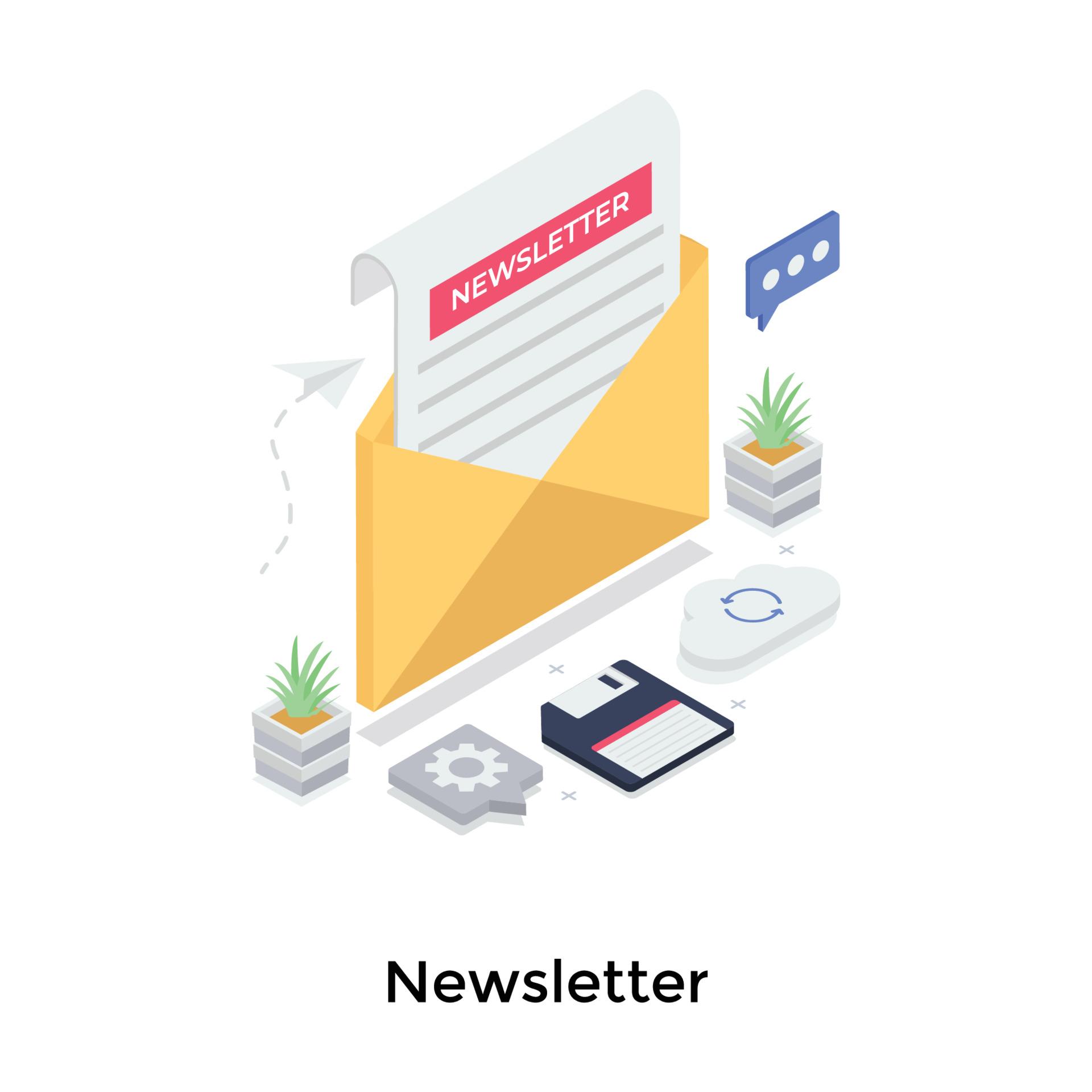How to Create a Newsletter That Grows Your Business

What is a newsletter?
A newsletter is an email marketing tool that businesses and organizations use to communicate information and updates to their customers. You can promote your business and keep your existing and prospective customers informed by writing scheduled newsletters as a business owner.
On the average weekday, consumers spend 2.5 hours checking their email. This means you have a potential revenue stream every time you send an email newsletter. In a newsletter, you are primarily providing valuable information to your subscribers, such as:
- Latest products, services, and offers
- Valuable industry news or blog posts,
- Giveaways and discounts
- Polls and surveys
How to Create a Newsletter That Grows Your Business
Here are the following steps and strategies that you must consider:
Determine a goal for your newsletter
Any marketing tool can be effective if you have a goal in mind. Understanding your purpose makes it easier to plan your newsletters accordingly. Your goal doesn't need to be singular, as you might want to achieve more than one thing. For example, you can advertise your product while educating people about it.
Make a choice about email service
Choosing an email platform that works best for you is necessary before you start sending emails. Different email platforms have different prices, features, and benefits. Your choice may depend on your budget and the number of subscribers. The most popular email marketing platforms include MailChimp, ConvertKit, and Constant Contact. These platforms come with templates, customizable themes, personalization, and automation.
Make an increase in your email list
A newsletter can be sent by email to people who have voluntarily opted to receive it. The next step is to create an email list. To cultivate and grow an email list, you need to embed sign-up forms on your website. These forms should explain what content or data you want to send and why or what subscribers will benefit from it.
Choosing the template to be used
When designing a newsletter, using a template is one of the best practices. Most email platforms offer a wide variety of templates and styles you can choose from. Once you have selected a template, make sure you include your company logo, and you can also adjust the colors and fonts to match what you’re branding.
Include content
Once you have the template, you can add the content that will be valuable to your audience. Experiment with different types of newsletters and content to determine which type of content and format work best for your audience.
Include visuals
A well-designed newsletter includes images and videos as well as an attractive template. Make sure that you have visuals in your newsletter in addition to text. Since people spend most of their time on the internet that has excellent and attractive visuals, they attract the most towards the websites. So, it will definitely affect the revenue of your business.
Add a CTA
It's always a good idea to add calls to action (CTAs) to your newsletter. A CTA is a statement, question or comment, or link that creates a sense of urgency and incites your readers to take action. Your CTA can be anything from leaving feedback to downloading something to buying something. As part of your CTA, you can include your social media links or make it a colored button so that no one can miss it. If possible, make your CTA specific and visible.
Send the newsletters that you have created
You have now completed the creation of your first email. You'd want to send out your newsletter at a periodic frequency so that people know when to look forward to it. In Brain Pickings, for example, Maria Popova sends a collection of newsletters every Sunday morning. This makes it easy for readers to know when they should expect the newsletters. Automated email programs like OptinMonster, HubSpot Email Marketing, Sender, and more allow you to send your emails at a scheduled time.
What is the recommended frequency of newsletters for businesses?
Ideally, you don't want to bombard your audience with newsletters. However, customers love receiving emails from companies they like, so don't keep that from them either. In general, newsletters should be sent out twice a month at a maximum of twice a week. In summary, the best approach is to send out at least one newsletter per week.
Considerations during the use of the newsletter
Sending newsletters encompasses several legal issues, such as copyright infringement and other considerations. To meet these legal requirements, here are some guidelines for newsletter creation:
Get consent
Email marketing content should only be sent to people who have permitted you to do so. Newsletters should not be sent to people who have not subscribed. Email addresses can't be harvested from blogs, social media, or chat rooms. The subscriber must accept and agree to your privacy policy before opting in.
Easy to unsubscribe
You should allow subscribers to unsubscribe if they wish. As soon as a subscriber unsubscribes, you should immediately avoid sending them emails.
Subject headlines must be correct.
Legal guidelines require email subject lines to relate directly to the content of the email. If you use a headline that says, "Urgent, please read," but then continue it with a promotional newsletter, then you are violating those guidelines. It is a violation of spam rules to use misleading headlines. Any content with adult content should be stated in the heading.
Return address must be included.
Lastly, you should include a valid postal address as well as your correct email address on all your email newsletters.
Inform your customers about your data collection activities
In an easy-to-understand manner, your privacy policy should describe the means by which your data is collected. It would help if you inform your users about how you gather information about them (e.g., name, IP address, pages visited, etc.), how you process their data, whether third parties are involved, how you protect their data, and their rights.